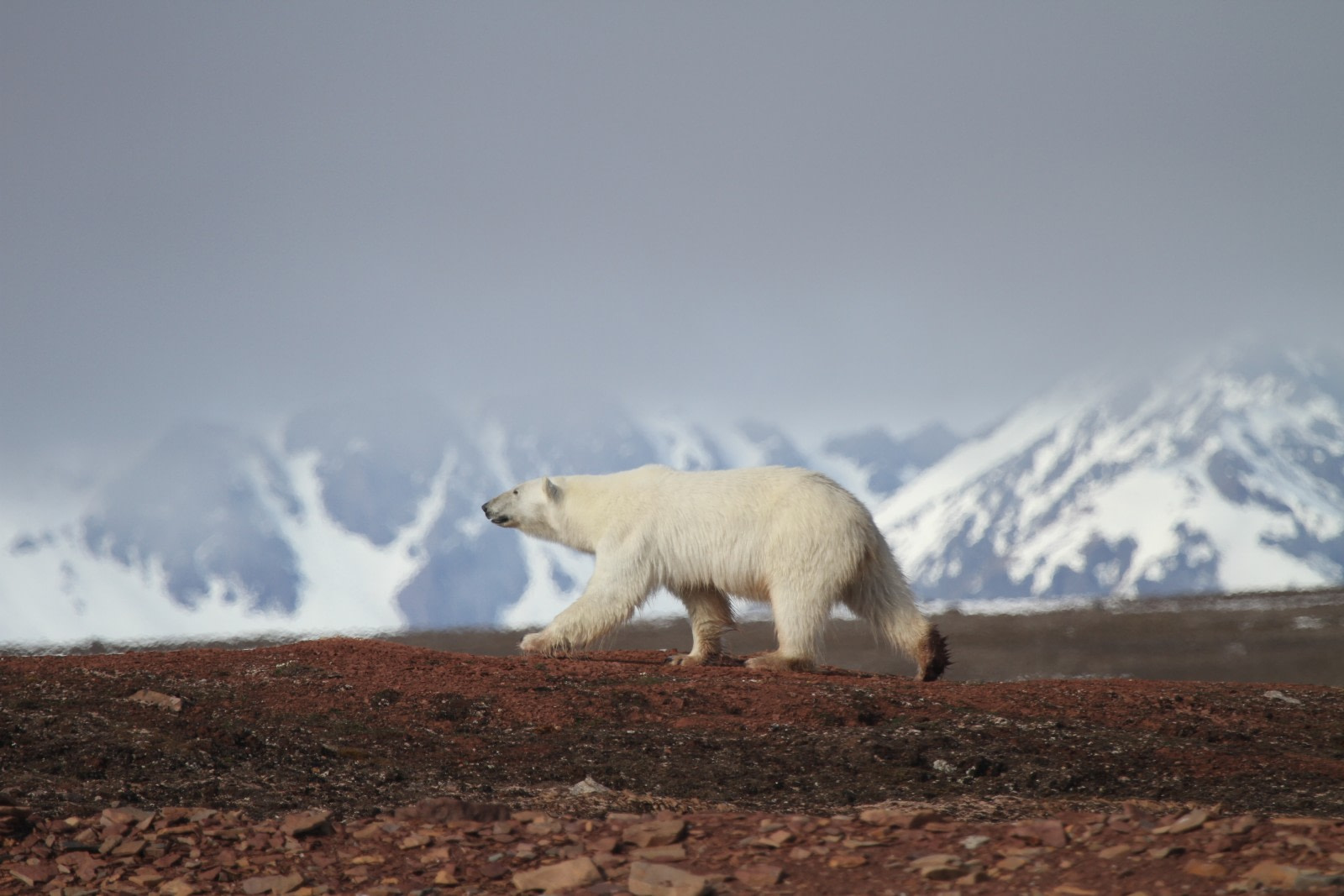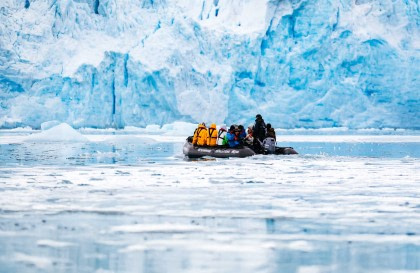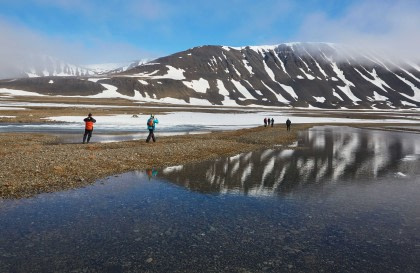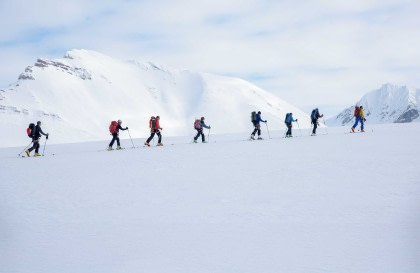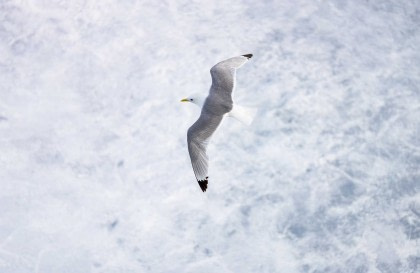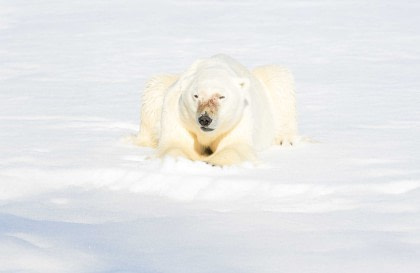Polar bears to musk oxen: how do these creatures survive in the Arctic?
There are numerous animals throughout the Arctic Ocean that survive in a climate that many people find almost unbearable. When you compare this to the sight of a dog with thin fur shivering once the temperature drops below freezing, it becomes difficult to believe that some of the most stunning creatures on earth would be toasty in such an environment.
Interestingly, many of the physical characteristics that enable animals such as polar bears to live in the Arctic are the result of evolution. On the flip side, developing these characteristics also means that they are less suited to living in other areas of the world.
Which physical features help polar bears rule the Arctic?
Polar bears are at the top of the land-dwelling Arctic food chain, and this basically makes them the king of this entire region. Although their size definitely helps them take such a dominant position, it is not the key component in their ability to withstand the cold. Instead, this comes down to three main features: their oily coat, their insulating fur and their blubber layer.
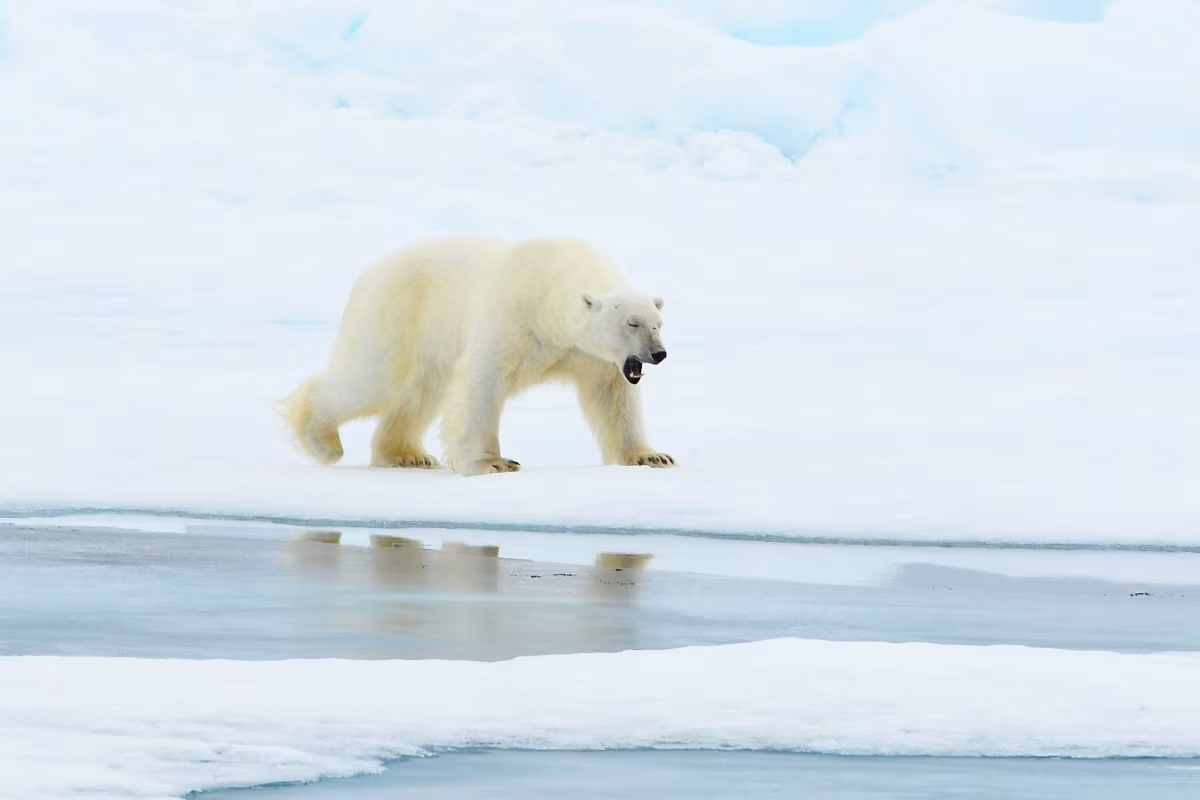
Picture by Geert Kroes
A polar bear’s fur may appear to be soft, but if you were to have the opportunity to touch it, you would quickly discover that it is extremely oily. This oil serves a vital function because it keeps moisture away from their body. This is definitely a good way to prevent them from becoming overwhelmed by the frigid temperatures, especially because they spend so much time in or near the water while hunting for food. Due to this oily fur, polar bears do not have to worry about succumbing to hypothermia during normal weather conditions in the Arctic.
Additionally, the blubber and insulating fur work together to trap the polar bear’s body heat. Preventing this essential natural resource from dissipating keeps these animals warm, and it also enables them to live comfortably in such a frigid climate. Unfortunately, expedition participants will not be able to rely on these tactics to stay warm, but the boat and each person’s many layers of clothing make the experience much more pleasant that you might expect.
The unique physical qualities of the musk ox
The polar bear may be the king of the artic landmass, but musk oxen are not afraid to make their presence known. These massive creatures are one of the few animals living in the Arctic tundra that are not colored white or light brown in order to blend into their environment. Instead, musk oxen have dark fur that stands out against the snow.
The musk ox’s fur is one of its biggest natural defense mechanisms against the cold. Their coat is extremely thick and long, and it is made up of many hallow hairs. Much like the polar bear, the musk ox’s fur helps keep them insulated by preventing the release of essential body heat. In this instance, it is the hallow hair combined with the large quantity of fur that serves as an insulator. In fact, their fur is so good at retaining heat that even the area of the ground directly underneath the musk ox is kept warmer as a result.
Huddling together is another method that musk oxen have developed during the coldest parts of the year. This also serves another important function because their combined body mass deters predators such as wolves.

Picture by Erwin Vermeulen
Other examples of animals that have evolved to fit into the Arctic tundra
Every creature that you see while on an Arctic expedition is uniquely suited to their environment, but some of them do migrate to warmer areas during certain parts of the year. There are also some variations on common animals living in the Arctic tundra that may surprise you.
For example, Arctic ground squirrels and Arctic hares are prevalent. The Arctic hares utilize the musk ox approach of huddling together for warmth, but Artic ground squirrels actually build an insulation system for the ground of their den from discarded musk ox hair.
Many of these smaller creatures may not be noticeable during an Arctic expedition, but it is still fascinating to have a better understanding of which animals live in the Arctic tundra and how their bodies have evolved to make them fit into their environment.
